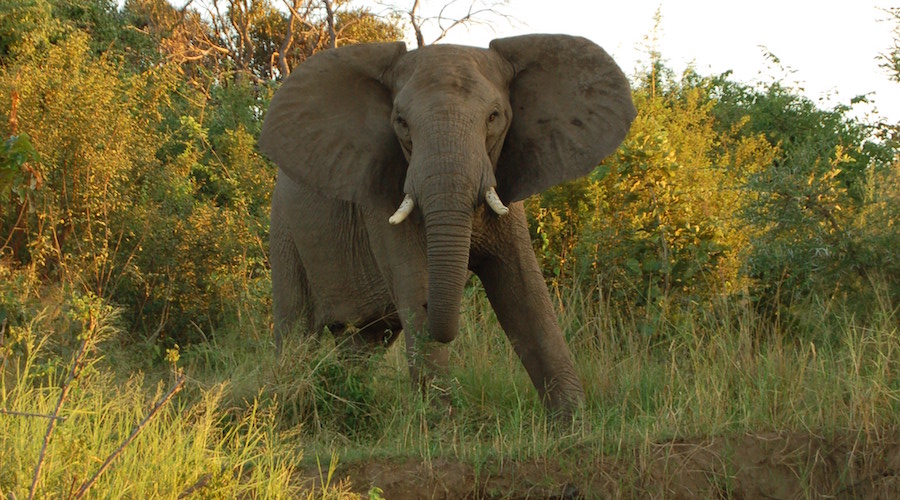Copper project in Zambian national park could potentially go ahead

The Lusaka High Court issued a ruling this week that could potentially allow for the Kangaluwi copper project to go ahead within the boundaries of the Lower Zambezi National Park, to the south of Zambia near the Zimbabwean border.
The project was proposed in the early 2000s by Australia’s Zambezi Resources but after a series of legal hurdles that blocked any kind of development, it was sold out. According to S&P Global, Zambezi’s new iteration, Trek Metals, was paid A$1.1 million by Dubai-based Grand Resources Ltd. for the project.
A 2011 presentation by Zambezi Resources showed that a revised resource estimate to AusIMM JORC standards
were of 23.4mt at 0.85% Cu for around 200,000t contained Cu for the 240-squarekilometre Kangaluwi project. The mine plan proposed a plant to process 1.5Mtpa.
Up until recently, Grand Resources was just waiting for the results of an appeal against an approval of the mine granted in 2014 by the Ministry of Lands, Natural Resources and Environmental Protection. The appeal was presented by a group of environmental NGOs and concerned citizens, who obtained an injunction.
However, a few days ago, the Lusaka High Court ruled that the appeal was incompetently before the court as no record of appeal was filed.
This means that the open-pit mine could potentially be built. Yet, challenges are to be expected as the leader of the Green Party, Peter Sinkamba, told the Lusaka Times that his organization plans to submit a motion before the Constitutional Court to challenge the possibility of allowing mining in ecologically sensitive areas.
Sinkamba believes he has enough time to present such a document because the owner of the Kangaluwi copper project will be forced to present a new environmental impact assessment, as the one approved back in 2014 has already expired.
According to the politician, Regulation 30 of the Environmental Impact Assessment Regulations, Statutory Instrument No. 28 of 1997 provides that if, following the preparation of a project brief or environmental impact assessment, an authorization licence, permit or permission has been issued but no land preparation or construction work has started within three years, then the developer must re-register with the authorizing agency any intention to develop.
“So, by virtue of Regulation 30, Zambezi Resources, or whatever name the company is now called, should go back to the Director of Mines Safety at the Ministry of Mines to re-submit its intention to mine in Lower Zambezi National Park,” Sinkamba told the news outlet. “This application must be accompanied by a current environmental impact assessment report for review by the Mines Safety Department. Thereafter, the resubmitted EIA report will once again be forward to the Zambia Environmental Management Authority for further review and decision.”
The Kangaluwi project is located on the eastern edge of the 4,092-square-kilometre Lower Zambezi National Park, which sits along the northwestern bank of the Zambezi River from Zimbabwe’s Mana Pools National Park, a Unesco World Heritage Site.
The area is home to elephant herds, hippos, leopards, lions, buffalos, and over 400 bird species.
{{ commodity.name }}
{{ post.title }}
{{ post.date }}


Comments